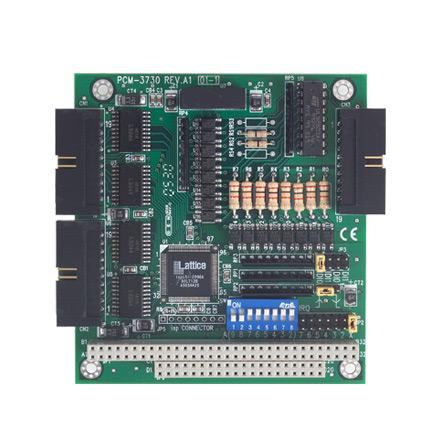

Understanding Float Glass Types A Comprehensive Overview
Float glass, a fundamental material in the construction and manufacturing industries, is produced through a unique process that results in a smooth, flat surface. This glass type has become a preferred choice for numerous applications, primarily due to its clarity, strength, and versatility. In this article, we will delve into the various types of float glass, their characteristics, and their applications.
The Float Glass Production Process
Float glass is created by melting silica sand, soda ash, and limestone at high temperatures to form molten glass. This molten glass is then floated on top of molten tin, creating a flat, even surface. This method results in glass that is uniformly thick and free from imperfections. The smooth surface and high optical quality of float glass make it an excellent choice for windows, facades, and mirrors.
Types of Float Glass
Float glass can be categorized based on its physical properties and intended use. Here are some of the most common types
1. Clear Float Glass This is the standard type of float glass, widely used in residential and commercial buildings. It allows high levels of light transmission and is suitable for windows, glass doors, and display cases. Clear float glass is ideal for applications where transparency is crucial.
2. Low-E Float Glass Low-emissivity (Low-E) glass is coated with a thin layer of metal oxide, which reflects infrared energy while allowing visible light to pass through. This type of glass enhances energy efficiency by reducing heat transfer, making it an excellent choice for energy-efficient buildings. Low-E glass can significantly lower heating and cooling costs.
3. Tinted Float Glass Tinted float glass is manufactured with added colorants, which reduce glare and solar heat gain. This type of glass is commonly used in commercial buildings and skyscrapers where reducing solar heat and improving privacy are priorities. Tinted glass can come in various colors, such as bronze, grey, and green, allowing architects to achieve specific aesthetic effects.
4. Laminated Float Glass Laminated float glass consists of two or more layers of float glass bonded together with an interlayer, typically made of polyvinyl butyral (PVB). This layering enhances safety and security, as the glass will not shatter into sharp pieces upon impact. Laminated glass is often used in skylights, glass floors, and areas where safety is a concern.

5. Tempered Float Glass Tempered float glass is heat-treated to increase its strength. This process involves heating the glass to high temperatures and then rapidly cooling it. Tempered glass is five to ten times stronger than standard float glass and, if broken, shatters into small, dull pieces, reducing the risk of injury. It is commonly used in shower doors, facades, and automotive applications.
6. Reflective Float Glass Reflective float glass has a metallic coating that allows it to reflect sunlight and reduce solar heat gain. This type of glass is used primarily in commercial buildings and can enhance privacy while maintaining visibility from the inside. Reflective glass is also aesthetically pleasing, providing a modern look to building exteriors.
Applications of Float Glass
The versatility of float glass makes it suitable for a wide range of applications
. It is commonly used in- Window and Door Manufacturing Float glass is the primary material for residential and commercial windows and doors due to its clarity and strength.
- Curtain Walls and Facades High-rise buildings often utilize float glass for curtain walls, providing an aesthetic appeal while protecting against weather elements.
- Interior Applications Float glass is used for mirrors, partitions, and decorative panels, adding elegance to interior spaces.
- Automotive Glass Laminated and tempered float glasses are widely utilized in vehicle windshields and windows, ensuring safety and regulatory compliance.
Conclusion
Float glass is an indispensable material in today’s architectural and manufacturing landscape. Understanding the various types of float glass, their properties, and applications allows architects, builders, and consumers to make informed choices that meet their specific needs. With advancements in technology and production methods, float glass continues to evolve, providing innovative solutions for modern construction challenges.